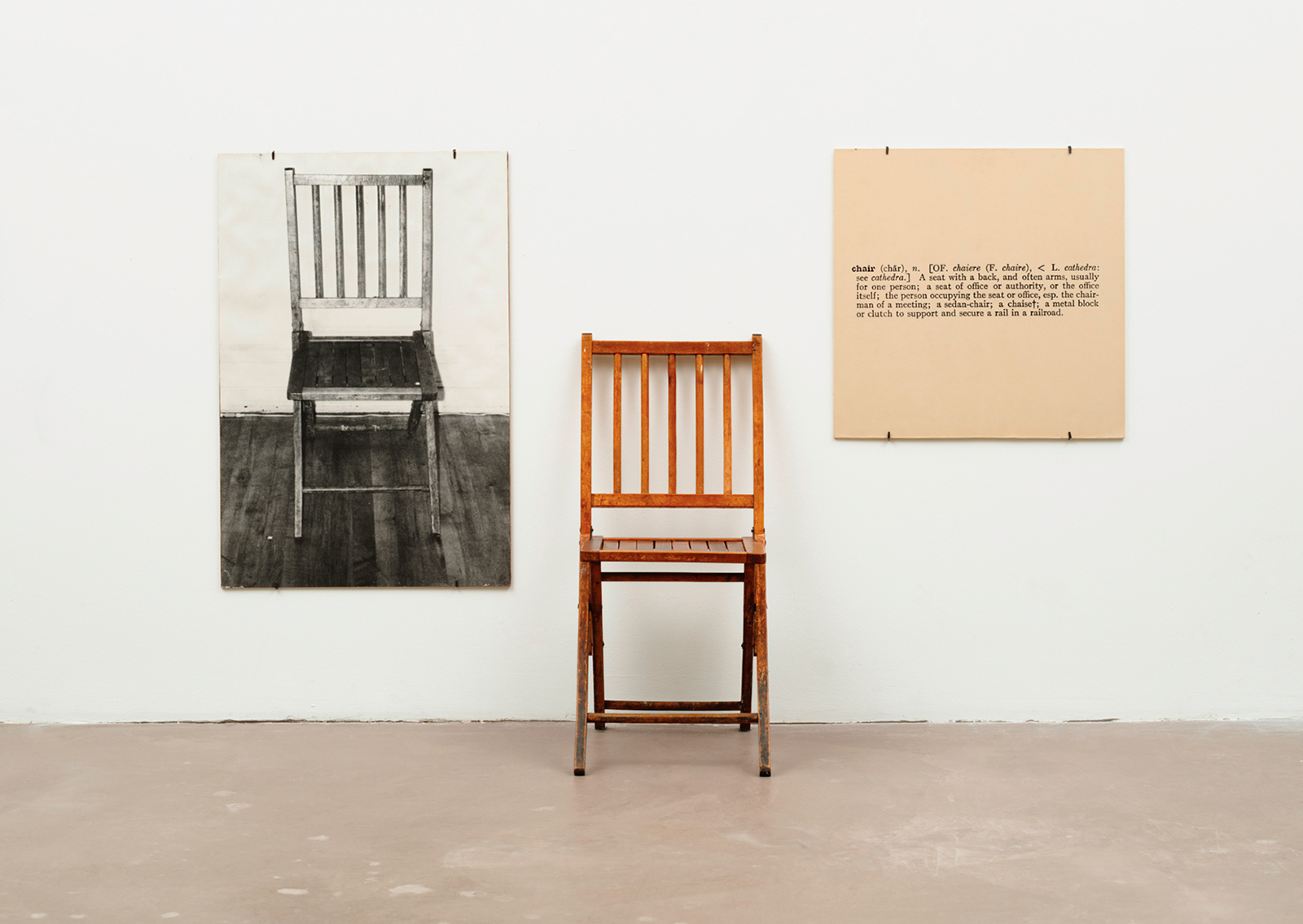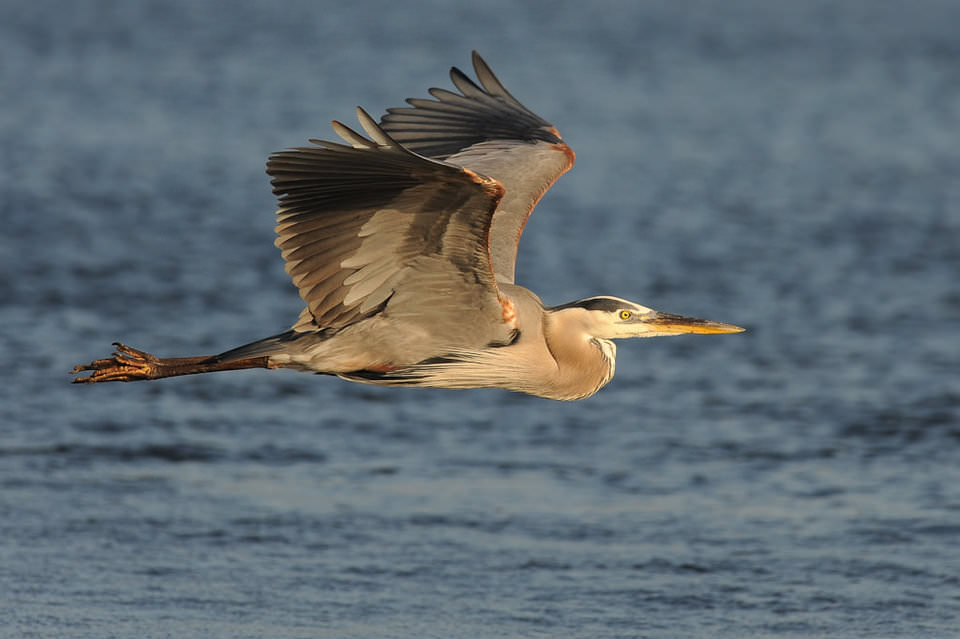BUDGET MACROPHOTOGRAPHY FOR LEAN
 A closeup can open the world for you from an unfamiliar, amazing and magical side. But very often, the high price of equipment, especially lenses, becomes a serious obstacle to entry into the macro world. Today we’ll talk about how to overcome this obstacle with the help of very inexpensive and ingenious tricks that will literally help you get closer to the subject.
A closeup can open the world for you from an unfamiliar, amazing and magical side. But very often, the high price of equipment, especially lenses, becomes a serious obstacle to entry into the macro world. Today we’ll talk about how to overcome this obstacle with the help of very inexpensive and ingenious tricks that will literally help you get closer to the subject.
Do not break your camera
The methods and devices discussed in this article are characterized by one main characteristic – they are very inexpensive. Using them will allow you to achieve not stunning professional shots, but decent results (but, believe me, they are not a hindrance to stunning shots!). Continue reading
REVERSE RINGS FOR MACRO OR CONTINUE TO STUDY MACROPHOTOGRAPHY
 Professional photographer Andrew Gibson (© Andrew S. Gibson) talks about a method that allows you to get to an object very, very close – through the use of reversible rings.
Professional photographer Andrew Gibson (© Andrew S. Gibson) talks about a method that allows you to get to an object very, very close – through the use of reversible rings.
Reversible rings for macro
If you already have a lens with a focal length of 50 mm or a whale lens (usually lenses with focal lengths of 18-55 mm), then acquiring a reversing ring will also be the most inexpensive way to get macro equipment and join the macro culture completely armed.
The method involves working with a lens inverted backwards, so that the front element looks at the camera, and the rear – at the subject. To do this, you need to buy a special adapter – a reversing ring, which allows you to mount an inverted lens either to the camera or to another lens. Continue reading
SIX FUNDAMENTAL MACRO PRINCIPLES
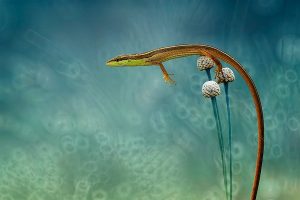 Macro photography is sometimes mistakenly called “close-up photography” in photography. This statement cannot be considered fundamentally false, but if you use it, then very many may consider you an amateur. In the classical sense, macro photography is called shooting at a scale of 1: 2 – 20: 1 (that is, 1 centimeter of the image on the photosensitive material of the camera corresponds to 2-0.05 centimeters of the object). As a rule, macro subjects are very small – most often they are insects or flowers.
Macro photography is sometimes mistakenly called “close-up photography” in photography. This statement cannot be considered fundamentally false, but if you use it, then very many may consider you an amateur. In the classical sense, macro photography is called shooting at a scale of 1: 2 – 20: 1 (that is, 1 centimeter of the image on the photosensitive material of the camera corresponds to 2-0.05 centimeters of the object). As a rule, macro subjects are very small – most often they are insects or flowers.
Larger objects can also be interesting for macro shots if, for example, a photographer wants to focus on some very specific, smaller details of a large object. Continue reading
QUIET PHOTO HUNT. HOW TO PHOTO MUSHROOMS
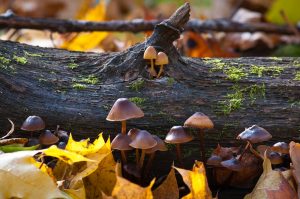 Despite the fact that advanced digital photography technologies have made the process of photographing much easier, and now you can instantly evaluate (although very approximately) the result obtained on the camera screen, nevertheless, shooters manage to make the most simple, incredibly common and extremely annoying mistakes and mistakes , it would seem, in a rather simple case – photographing mushrooms.
Despite the fact that advanced digital photography technologies have made the process of photographing much easier, and now you can instantly evaluate (although very approximately) the result obtained on the camera screen, nevertheless, shooters manage to make the most simple, incredibly common and extremely annoying mistakes and mistakes , it would seem, in a rather simple case – photographing mushrooms.
Autumn can be loved at least because this season it is possible to combine several pleasant activities in one: relax in nature, pick mushrooms and do your favorite hobby. And yes! Then brag about their findings, because mushroom pickers take an honorable second place in boasting after fishermen. Continue reading
HOW TO USE A TELECONverter
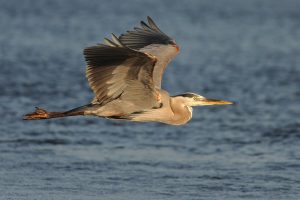 What is a teleconverter?
What is a teleconverter?
Tele-converter (English sec. TS) is an additional optical system that is fixed between the camera body and the main lens. The purpose of the teleconverter is to increase the effective focal length of the primary lens. TSs are characterized by a magnification factor that varies from 1.2x to 3.0x (the most common are 1.4x and 2.0x). For example, for a telephoto lens with a focal length of 300 mm f / 2.8, a 2.0x tele-converter will double the focal length and reduce the maximum aperture by two full stops, resulting in a focal length of 600 mm f / 5.6. Teleconverters have the same effect on the zoom lens – the entire zoom range will be increased, and the maximum aperture will be reduced. For example, a 1.4x TC turns a lens with a focal length of 70-200 mm / 2.8 into a lens with 98-280 mm / 4.0. Continue reading


